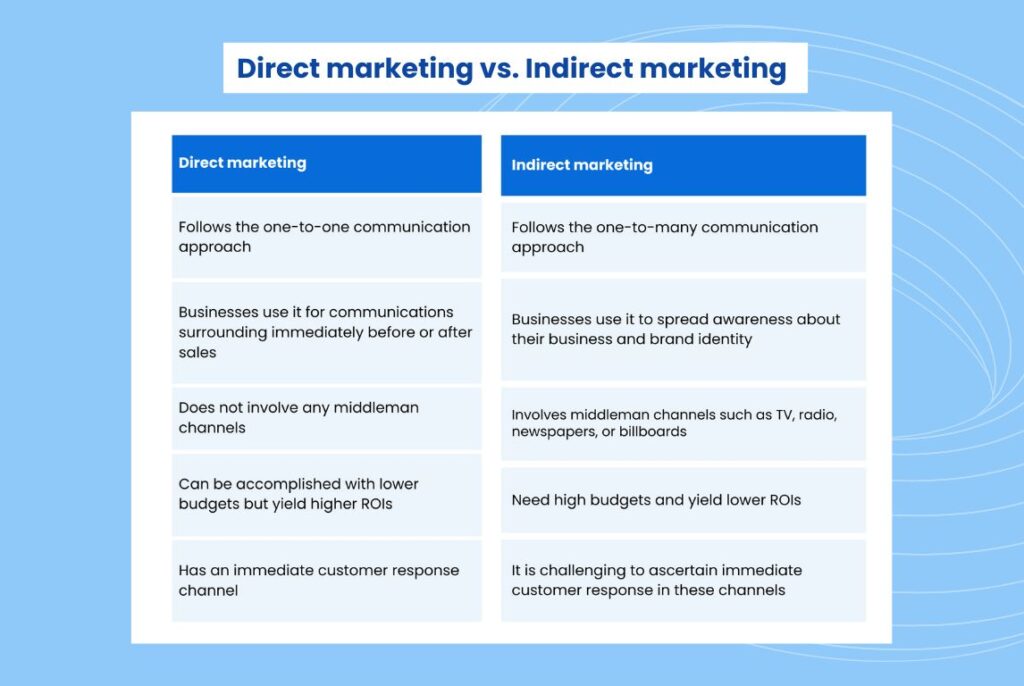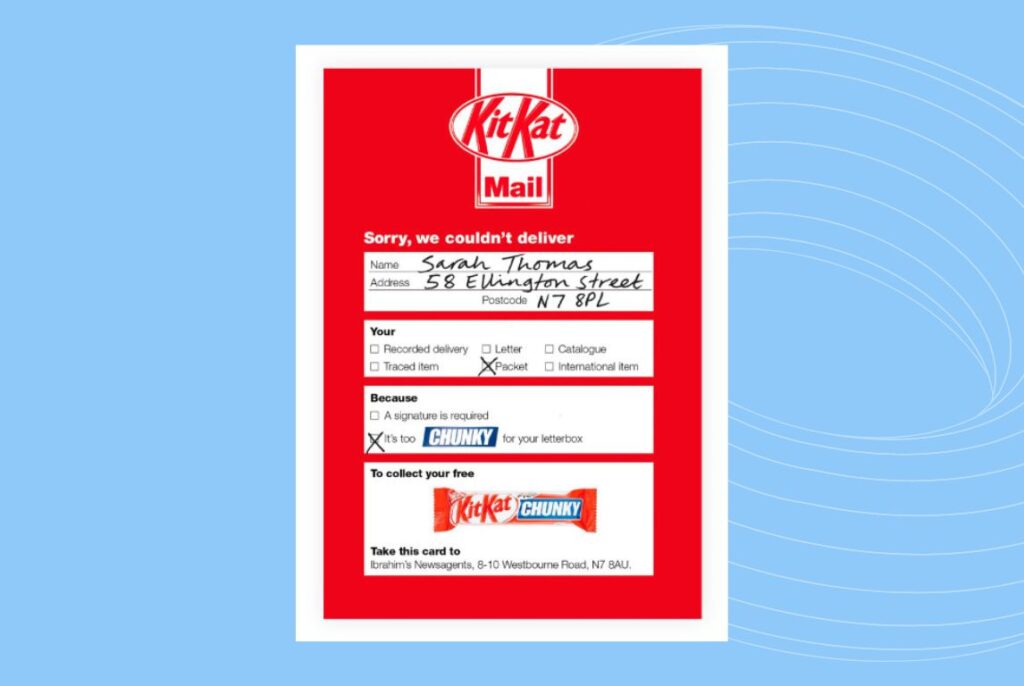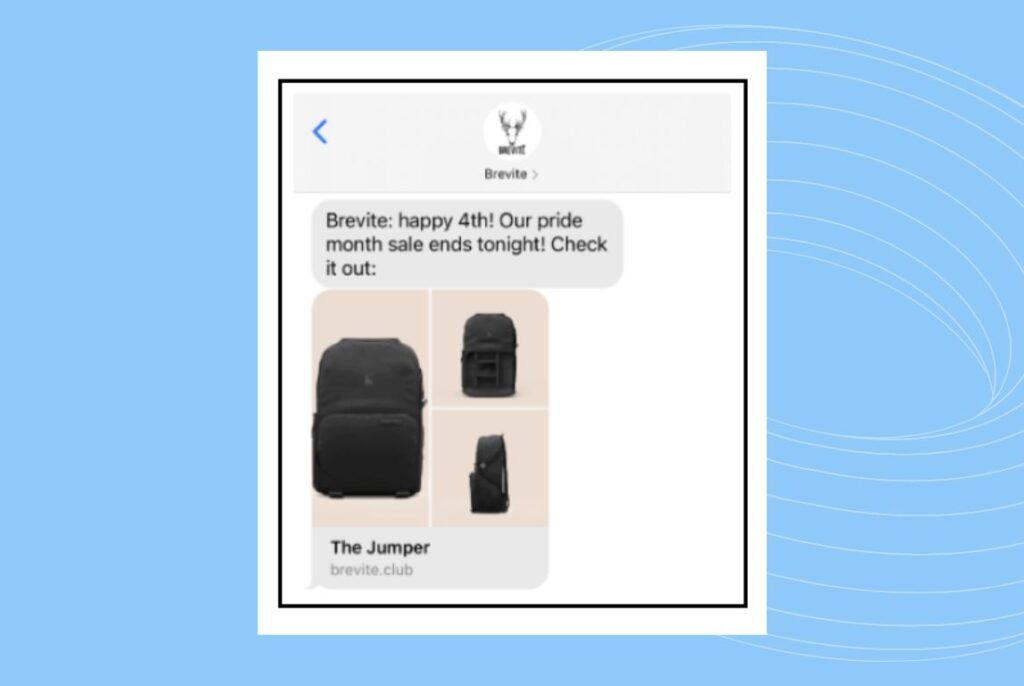The competitive business landscape can make it highly difficult to retain customers. Every day a new product or service is vying for attention. But you can stay above the competition by giving customers what they seek above everything else: personalized communication.
A recent study from McKinsey & Company found that 71% of shoppers expect personalized communication from brands. That’s why direct marketing is more important than ever for a business’s continued success.
Learn all about direct marketing and how to leverage it to grow your business by connecting with your customers.
Text more customers. Drive more revenue.
Want to see the impact of Birdeye on your business? Watch the Free Demo Now.
Table of contents
- What is direct marketing?
- Types of direct marketing
- What are the benefits of direct marketing?
- What is the difference between direct and indirect marketing?
- How to get started with a direct marketing campaign?
- Direct marketing in action
- Frequently asked questions about direct marketing strategies
- Birdeye Messaging
What is direct marketing?
Direct marketing is when businesses advertise their products or services to specific individuals or groups. Unlike indirect marketing, there’s no middleman involved (like a newspaper, magazine, or TV show). Direct marketing is an incredibly effective and widely-used strategy because it’s both easy to customize and easy to measure.
Types of direct marketing

The beauty of direct marketing is that you can use multiple channels to leverage this marketing strategy based on your business requirements. Some of the common types of direct marketing channels include:
- Social media marketing
- Email marketing
- Text messages marketing
- Messenger marketing
Social media marketing
Advertising on social media is a great way to engage with potential customers. People spend an average of two and half hours per day on social media, so it makes sense to place ads where customers are already spending a lot of their time.
On social media, there are no restrictions. You can choose:
- Your target audience
- Content type
- Frequency of posting or advertising
- Budget
And with so many social networks to choose from, there is literally a platform for everyone. Check out another article for tips on how to create an effective social media marketing plan.
Email marketing
Email marketing is an easy, affordable way to keep customers updated on your business’s products and services. It’s also an incredibly efficient marketing tool. You only have to write one message, but you can send it to hundreds or thousands of recipients at the same time.
To save even more time, you can use email automation software to create workflows that send emails automatically based on a set of predefined rules. You can also use email automation software to customize your messages so they feel more personal to the customers you’re trying to reach.
Text message marketing
More and more businesses are using texting to advertise to customers. With texting, you’re sending a message directly to a customer’s phone. And that is a highly efficient strategy to reach customers because open rates for text messaging are as high as 98%.
Text messaging allows businesses to start one-on-one conversations with customers and provide a specialized experience. You can also use MMS to attach an image like a flyer or coupon.

Messenger marketing
To reach customers who are predominantly mobile users but with more personalization and automation options, messengers are the best channel for you. Messenger apps are considered a hybrid line of communication. You can use them to send direct messages (like texting), but they also give you the option to answer at your convenience (like email).
Messenger apps make it easy to introduce your business and services to customers to shift communication over to email or text.
Some of the most popular services include:
- A messenger from Meta (formerly Facebook Messenger)
If you are using this direct marketing channel, you can work with a service like Birdeye to integrate all messenger inboxes into a unified inbox and respond to customers efficiently. Customers expect prompt responses on these channels, and it is essential to use services that allow the unification of inboxes with chatbot integrations for results.
What are the benefits of direct marketing?
Direct marketing takes an accurate business-to-consumer approach. Direct communication with customers helps you provide timely updates on business activities, new products, services, promotions, events, etc. Some other benefits of direct marketing include:
- Personalization – When you reach customers directly on their mobile devices, email inboxes, or social media profiles, the communication feels personalized instead of something generic sent to many people.
- Targeted advertising – With direct marketing, you can hone in on one specific target audience group and tailor communication for them.
- Segmentation – Based on the result of your direct marketing, you can identify various customer segments within your audience and build campaigns for them.
- Save money and time – Since you are reaching people directly, you will also get a direct response. This makes it possible to remove people who are not interested from future campaigns, saving time and money.
- Easier to measure – Track and measure open and click rates for reliable direct marketing insights since you control all channel communication.
What is the difference between direct and indirect marketing?
Direct marketing involves selling a product or service to a specific group of people, while indirect marketing involves selling to the masses. Let’s use TV and radio commercials as an example. These channels are considered ideal for advertisers because they can quickly reach a massive audience. However, the question remains: is it the right audience?
A business might focus on an indirect marketing strategy because they’re looking to increase brand awareness and reach a broader audience. Indirect marketing tactics have long produced positive results, but it often fails to match direct marketing’s ability to personalize and measure campaigns reliably.
Here is a quick comparison between direct and indirect marketing:

How to get started with a direct marketing campaign?
When creating a direct marketing campaign, it’s essential to establish some basic criteria for success. You’ll first want to determine your short and long-term goals and then devise a strategy to achieve those goals.
Here are some direct marketing best practices to consider when creating your direct marketing plan.
Define your audience
Taking a direct approach means segmenting your list to reach the group most likely to take action. For each campaign, you must know who from your intended audience will be more receptive to the message.
If you target potential customers, analyze how they became a lead and what they know about your business to identify which campaign works best for them. Let’s take a sporting goods store example. Sending golf ball coupons to someone who recently purchased basketball shoes might not yield the results you’re looking for.
Understanding demographics, spending habits, and preferred methods of communication can help you make many of the right choices for your marketing campaign.
Choose the right channel
Before you start formulating your direct marketing strategy, ask yourself which channel is best for you. The ideal channel for your business would be that:
- It fits into your budget
- Your target audience often uses it
- It is ideal for the content you wish to distribute
- Works for your marketing goals
If you can define these campaign parameters, you can pick the right channel. Also, if you are just starting, there is no harm in experimenting with more than one channel, and seeing how it works is no harm.
Formulate the right message.
When you can directly connect with your audience, you must make sure that your message is on point to convert them into customers. In your message, follow these strategies:
- Use a clear call to action – Make sure your call to action is direct and concise. Some examples include “Buy,” “Sign Up,” and “Download Now,” leaving little doubt about what you’d like the customer to do. Also, make sure it’s easy for your customers to take the action you’ve laid out.
- Personalize the message: Use services that allow you to add customer names to the message and a personalized link for them.
Measure and optimize the campaign
Measure, monitor, and adjust your campaign for the best results. Tracking activity with direct marketing can help you understand how to proceed further. Carefully pick the metrics you’d like to have measured, analyze them frequently, and make adjustments based on these insights.
Direct marketing in action
Now that we know how to implement direct marketing strategies for your business, let’s look at some examples of direct marketing in action.
Kitkat

Direct mail is an effective way to reach customers, especially in retail. KitKat had a very successful campaign to promote their new product – the KitKat chunky. They sent a card to all their customers with a personalized message that motivates them to go to a store and collect the product.
This created high brand awareness for the new product and also made customers try out a new product to boost sales.
BarkBox

Personalized messages always do the trick in direct marketing. BarkBox has repeatedly delivered many successful campaigns by using attractive images of pet parents and pets in their social media ad imagery.
This connects with the audience and shows them that the company is highly customer-centric, eventually boosting revenue for the business.
Brevite

Text message campaigns can be highly effective as we know this medium’s high open rate for messages. But you can take it up a notch by including product images or links that enable customers to click and purchase from you immediately. Take a look at this example by Brevite that announces an exciting 4th of July campaign with purchase links.
Frequently asked questions about direct marketing strategies
No. Direct mail is just one of the many channels you can use to accomplish your direct marketing strategy.
Yes. Direct marketing works for businesses both big and small. Direct marketing channels like email and social media are available to everyone. However, your contact list size will vary depending on the size of your company, your industry, and the product or service your business provides.
Birdeye Messaging
With Birdeye Messaging, you can manage all of your messages from each direct marketing channel with just a few clicks. Our all-in-one platform makes it easy to connect with your customers via text, social media, Webchat, and email using a single, streamlined inbox.
Originally published









